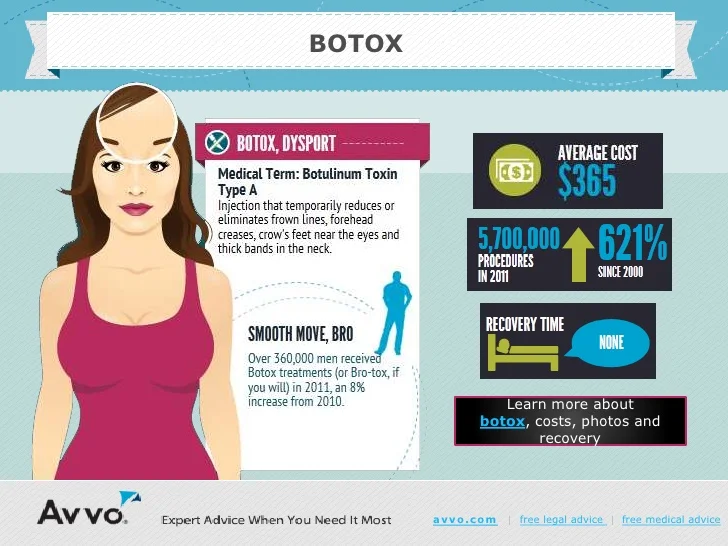What Is The Best Treatment For Deep Scars
What Is The Best Treatment For Deep Scars
Blog Article
Acne and Workout - What to Know
Normal workout, even just quick strolling or swimming, helps enhance state of mind and minimize tension. It also boosts hormonal agents and natural chemicals that advertise healthy skin, such as serotonin and dopamine.
Make certain to put on clean workout clothes that have been washed just recently-- unclean, perspiring apparel can trap bacteria and contribute to body acne. And if you have makeup on, think about making use of micellar water to rub out your face prior to working out.
1. Sweating can clog pores.
Exercise helps the body in numerous methods, from more powerful muscular tissues to reduced high blood pressure and boosted mood. It can even help reduce acne breakouts, as long as the best methods are in location.
During exercises, the heart price increases which creates the gland to open up and drain pipes. Yet if make-up, dust and microorganisms continue to be on the skin, these can obstruct pores and lead to the development of pimples. Sweat can also change the pH balance of skin, causing it to be much more sensitive and prone to inflammatory acne.
Acne that develops due to sweat can appear anywhere on the body, but it frequently appears in areas susceptible to friction, like under clothes straps or headbands. The best way to avoid sweat-related acne is to wear breathable clothes, wipe common tools prior to making use of and shower asap after an exercise. It's likewise valuable to utilize a gentle, non-comedogenic cleanser before and after exercising.
2. Washes can obstruct pores.
While sweat itself does not trigger acne, all that germs trapped on the skin can clog pores and contribute to inflammatory outbreaks. That's why exercise health is so crucial for those with acne-prone skin. Use breathable, moisture-wicking clothes, clean down tools prior to usage, and shower right away after your sweat session to help reduce germs buildup and prevent clogged pores.
Acne takes place when hair roots and pores obtain jammed-up with oil and dead skin cells, setting off the body's natural inflammatory response to remove them. When the sweat from an exercise combines with these debris, it can lead to clogged up pores and swelling that's frequently seen as pimples or pustules on the shoulders, back, chest, neck, or temple.
Washes can intensify the problem by capturing sweat beside the skin, triggering a bacterial overgrowth called Malassezia-- a problem that may be best treated with dental antifungal drugs. It's likewise a good concept to bring additional clothing and tidy towels to the fitness center so you can frequently change out of perspiring clothing and wipe your skin down with fresh, clean towels prior to heading home.
3. Tight-fitting clothing can clog pores.
Sweat itself does not trigger acne, however if it's trapped versus the skin by tight-fitting clothing and friction, it can obstruct pores and cause breakouts. That's why it's important to put on loose-fitting workout garments.
Massick also recommended cleaning down sports and exercise devices before utilizing it, as sharing safety helmets or jerseys with other individuals can transfer harmful, acne-causing microorganisms to the skin. He stated it's important to bath post-workout, as well, to make sure that sweat and pore-clogging oils are rinsed the body before they can bring about a breakout.
Lastly, Massick encouraged clients to maintain mild, non-comedogenic body wash in their health club bag so they can wash the face and body immediately after working out. He recommends cleaning with a cleanser that contains salicylic acid or benzoyl peroxide to help in reducing pore-clogging oil and stop pimples from developing. He also recommended drinking great deals how long does botox last of water to assist clear out toxic substances and decrease sebum manufacturing. That, coupled with a healthy and balanced diet plan and stress and anxiety administration techniques, can assist ward off acne-inducing tasks like working out.
4. Makeup can obstruct pores.
While workout is great for your mind and body, it can sometimes create or worsen acne. Nonetheless, numerous usual mistaken beliefs about acne and workout persist. Acne is really brought on by hormonal adjustments, many generally set off by the age of puberty, periods, the pill (particularly when coming off it), pregnancy and anxiety. These hormonal agents can also be worsened by diet, washes and a high-stress lifestyle.
For those who still experience outbreaks while exercising, think about taking some preventive steps: Put on skin-friendly, breathable fabrics that can help reduce sweat build-up. Avoid limited garments or hats that can trap sweat, dust and microorganisms. Wash and wash all exercise clothes and towels on a regular basis to prevent germs move to the skin. Clean your face with a mild cleanser and hydrate. If you must use make-up, opt for very little make-up with a non-comedogenic formula that will not clog pores.
While workout does not directly cause acne, bad skin health, not rinsing off after sweating and sharing devices can all add to the trouble. By prioritizing skin care and including excellent practices right into your exercise regimen, you can still get that healthy radiance while remaining active.